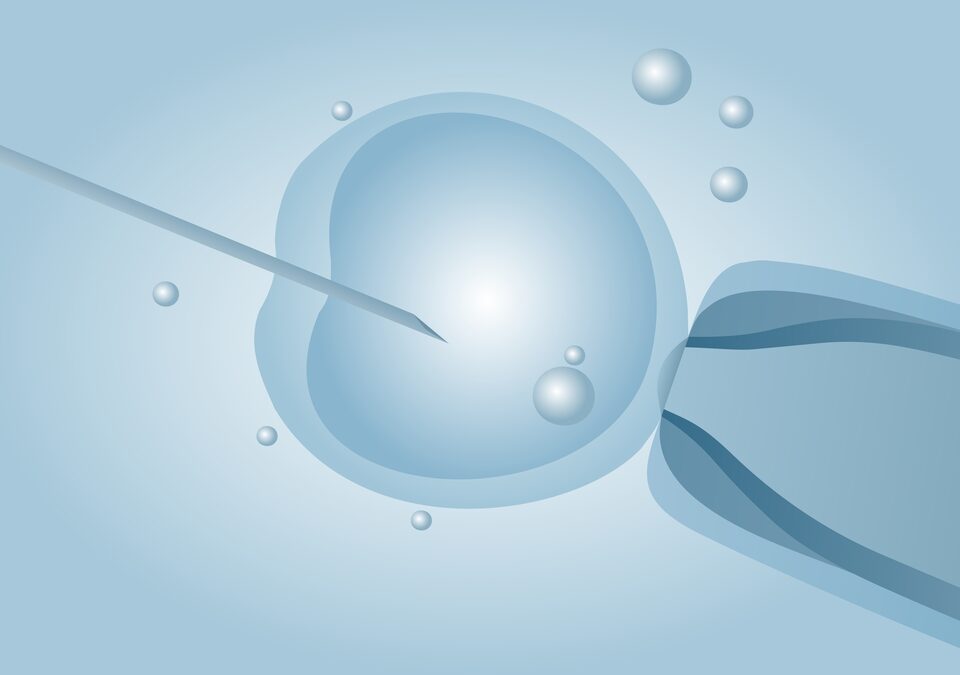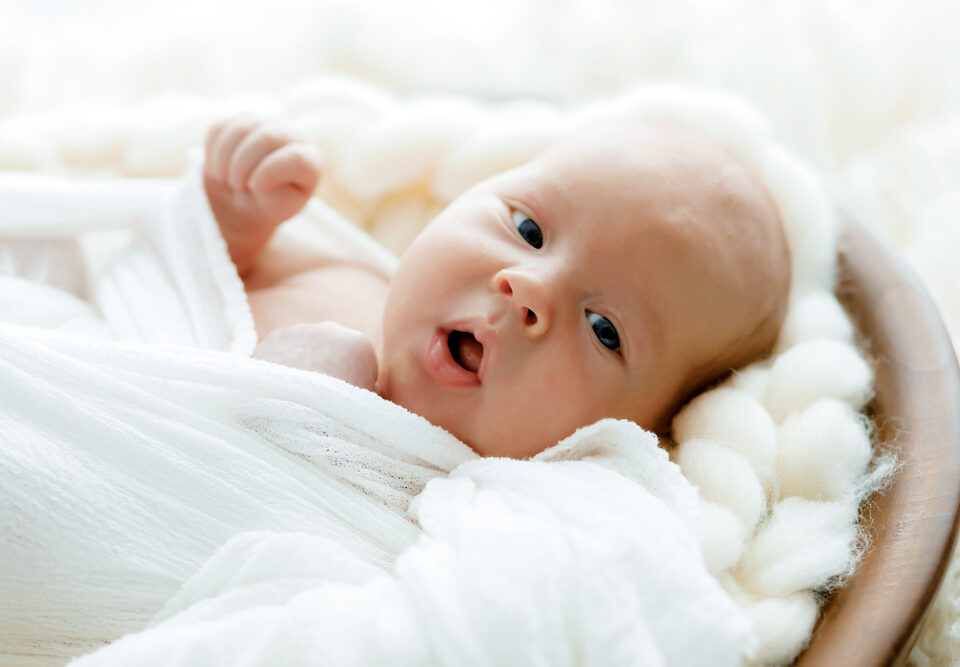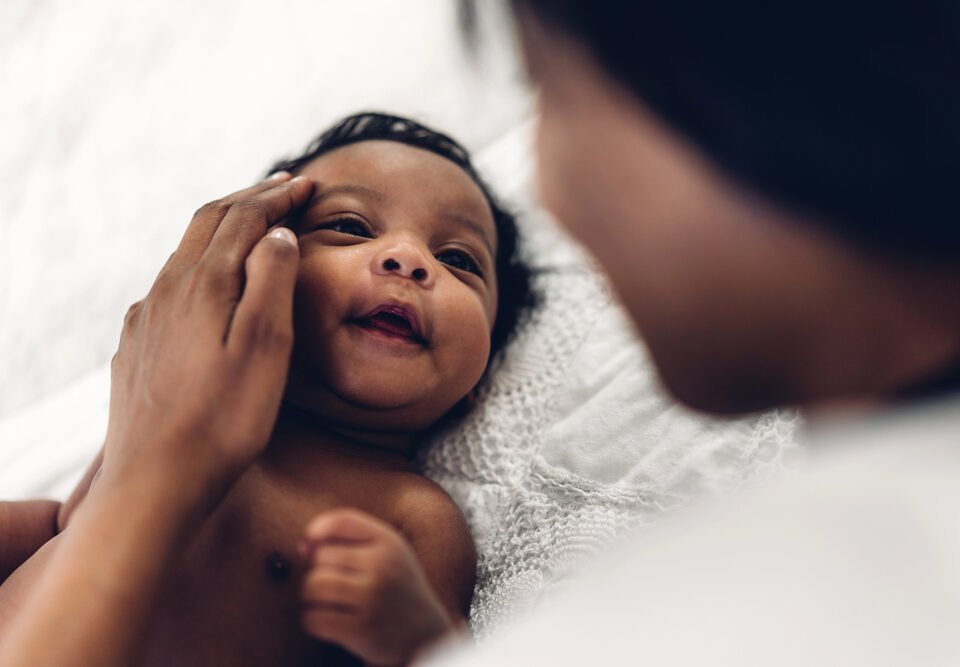IVF and Age: Challenging the Biological Clock
五月 27, 2016Brooklyn Professor Walks a Fine Line between Father and Donor
六月 18, 2016A lawsuit recently filed against a West Hollywood fertility clinic in the Los Angeles Superior Court, is claiming damages from the mishandling of cryopreserved sperm tissue. The tissue belonged to Aaron Robertson, who died from the genetic disorder Marfan syndrome, at the age of 29. Robertson’s sperm was collected before his death. It was an attempt to give his widow, Sarah Robertson, the opportunity to one day build a family. Sadly and shockingly, the lawsuit alleges that the sperm was misused on other unsuspecting patients at the fertility clinic.
Now 40, Sarah is joined by Robertson’s parents, John and Karen, in the lawsuit, which names Reproductive Fertility Center, In Vitrotech Labs Inc., and Dr. Peyman Saadat.
Representing the Robertson family is attorney Andrew Vorzimer. Vorzimer described the scenario as “profoundly heartbreaking.”
It’s natural to wonder why Sarah would want to start a family knowing the risk that her children might be affected by Marfan syndrome. The couple was actually “forward thinking,” and their goal was to start building their family when medical advances could prevent this genetic disorder from being passed on to their future children.
Despite their well-intentioned plans, things changed after Robertson went into a coma after suffering a severe stroke in 2004.
City News Service reports, “His wife and parents agreed to have a testicular sperm extraction procedure done so that his sperm and tissue could be preserved, allowing the 29-year-old dying man to continue his legacy despite his imminent and premature death, the suit states.” The report continues, “The plaintiffs say the tissue containing the sperm was placed in six vials and taken to the Tyler Medical Clinic in Beverly Hills for cryopreservation. Two days after Aaron Robertson’s death on June 1, 2004, his widow says she signed a storage agreement with Tyler Medical Clinic. But two years later, a storage invoice showed a different name and the Robertsons learned the sperm was being transferred to companies owned by Saadat, the suit says.”
The lawsuit goes on to say that Sarah was concerned about the safekeeping of the specimen, but was told that all would be fine.
It appears that wasn’t the case at all.
Years later, in 2014, Sarah contacted the Reproductive Fertility Center requesting that the six vials be transferred to UCLA Medical Center. With no intent to remarry, she was ready to start her fertility treatments using Robertson’s sperm.
“The clinic’s office manager said only one of the six vials could be accounted for and that she did not know what happened to the others, the suit alleges,” reports City News Service.
From here, the story begins to enter murky territory.
After Sarah demanded an inventory and search for the missing vials, she was told that the other vials may have been destroyed in a fire at Tyler Medical Center. However, that fire erupted in 2003, a year before Robertson’s sperm was retrieved.
“The plaintiffs believe that at the time Sarah Robertson was told about the fire, her husband’s tissue had actually been used on other women at the clinic without the permission of the Robertsons or the unsuspecting other patients,” the media publication cites from the lawsuit, noting how the clinic tried to convince Sarah Robertson to undergo fertility treatments at the clinic. Ultimately, the clinic admitted that the one remaining vial of Robertson’s sperm allegedly remaining was actually the sperm of a man with the same first name, but different last name.
In addition to the heartbreak they have sustained, the Robertson family is obviously worried for the welfare of “unsuspecting patients” who may have been impregnated with Robertson’s sperm. There is a potential that his offspring may have inherited his genetic disorder.
What this lawsuit alleges is incredibly troublesome on so many levels, both in regard to the woman who will never have the opportunity to bear her late husband’s children, and to the parents and children who may never have information concerning the children’s predisposition to genetic disease.




